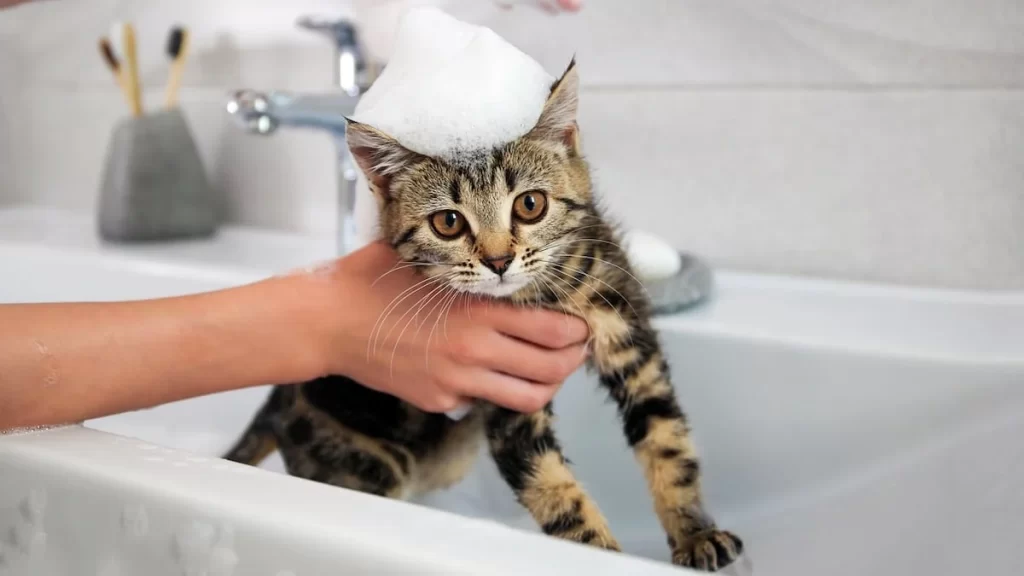Do's and Don'ts for Disciplining a Cat
You adore your feline. You truly do. However, your canine companion has an independent streak and can be quite feisty at times. You should know how to discipline a cat, but you might not know where to begin. It may take some trial and error to effectively discipline a cat. All animals are unique, just as all humans are. While some cats may respond positively to a particular method of correcting bad cat behaviour, others may reject your efforts, and their behaviors may worsen. Furthermore, there are some methods that you should never use when disciplining a cat.
It’s difficult to know how to discipline a cat if you’ve never done it before, or if your previous cats seemed to figure it out on their own. To get started on the right foot, it’s critical to understand the dos and don’ts of domestic cat discipline. Once your kitten — or older cat — understands what behaviour is appropriate, there will be less need for bad behaviour correction. Cats, after all, are extremely intelligent.
The Don'ts of Disciplining Your Cat

- Contrast your cat with your dog: If you've previously trained a dog, you may believe that training a cat is similar to how you trained your dog. Stop right now. Cats and dogs are two very different species that do not learn in the same way. Whereas your dog may participate in the training process by listening to your commands, your cat will ignore your requests to sit and stay. Recognizing that you must approach your cat in a new way is the first step toward success for both of you.
- Don't physically discipline your cat: It goes without saying that you should never hurt a cat while disciplining her. Cats are already resistant to human punishment, but physically dominating her will break your bond with her. Never choke, shake, or hit your cat. Physically harming your cat can aggravate the situation and cause her to lash out or withdraw. Furthermore, because cats have a difficult time associating physical punishment with bad behavior, you're not actually training her to stop doing it. If training your animal becomes too difficult for you, enlist the help of family members or a professional trainer.
The Do's of How to Discipline a Cat
Do reinforce good behaviors: Cats don’t learn through punishment, but you can teach them to recognize when they’re doing something right by praising them and giving them healthy treats. Make sure to reward your cat while she is performing a positive behavior so she can connect her actions to the positive reinforcement.
Stop immediately when engaging in “bad” behavior: It is not always necessary to physically discipline your cat. In fact, turning your back on your cat may be one of the most effective ways to get your point across while also putting a stop to negative behaviors like biting, chewing, and pouncing. Redirecting her attention to something else is an excellent way to reinforce good behaviour while preventing bad behaviour. For example, if your cat begins scratching on your couch, redirect her to her scratching post.


